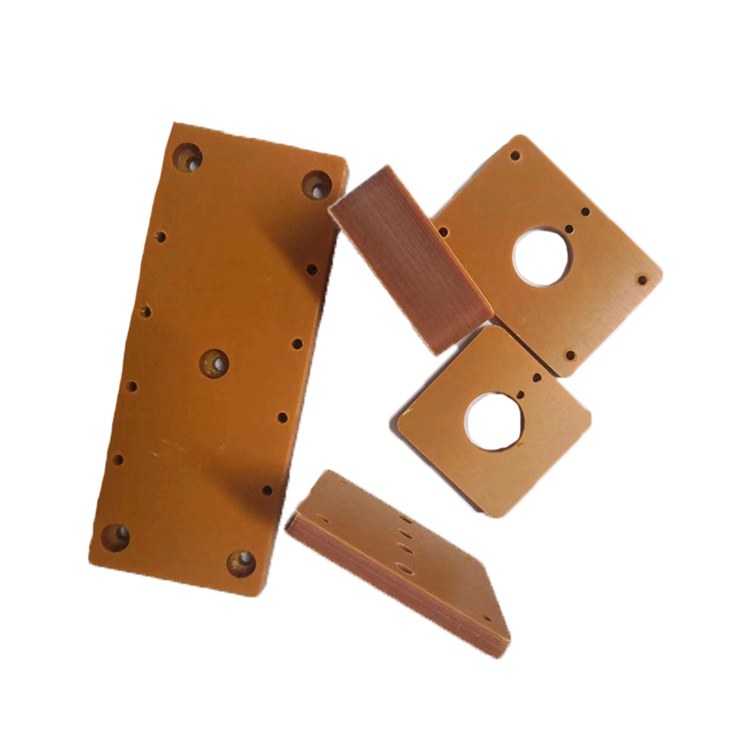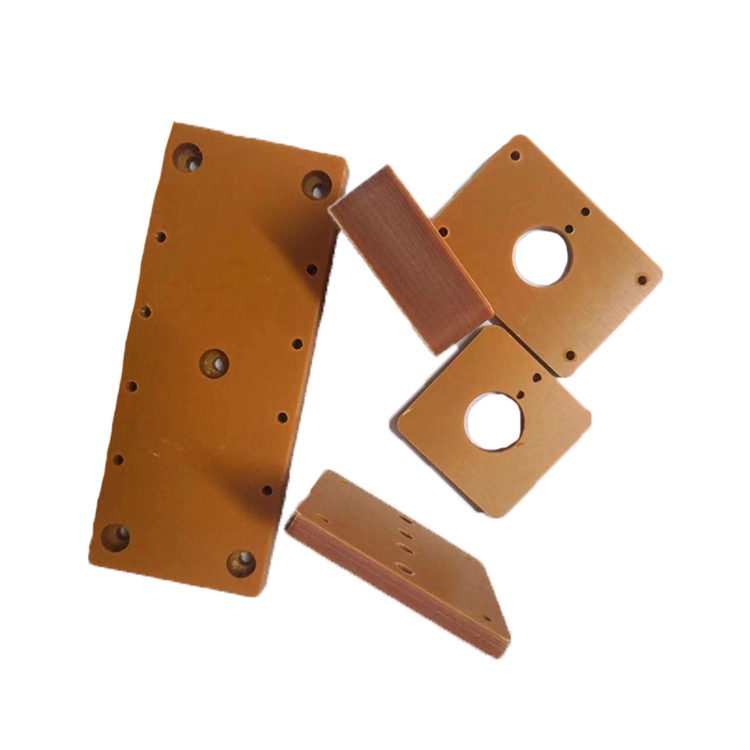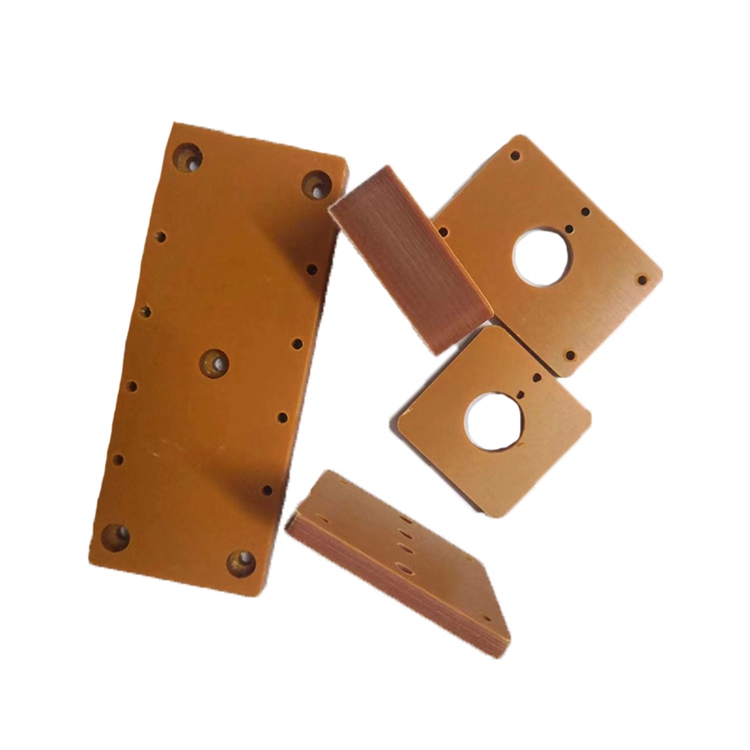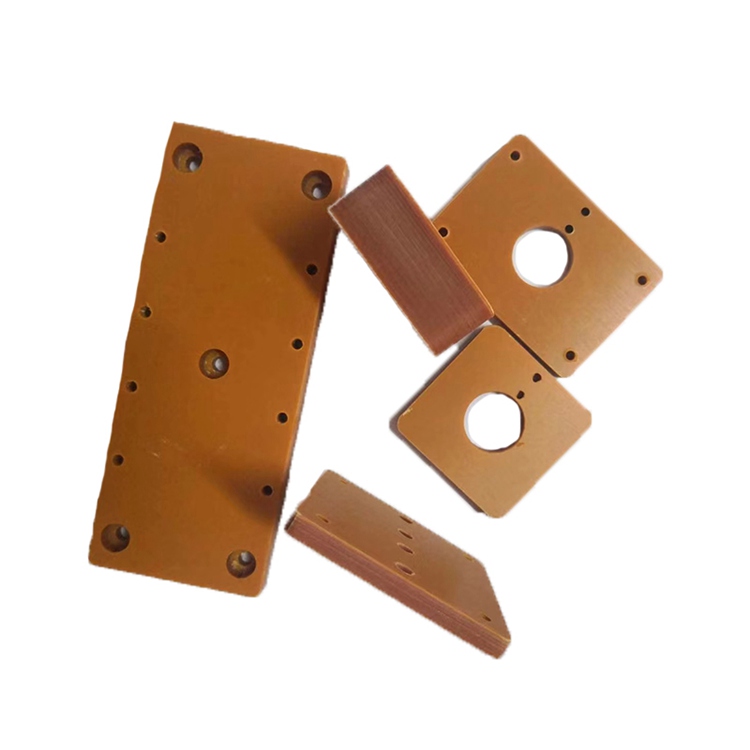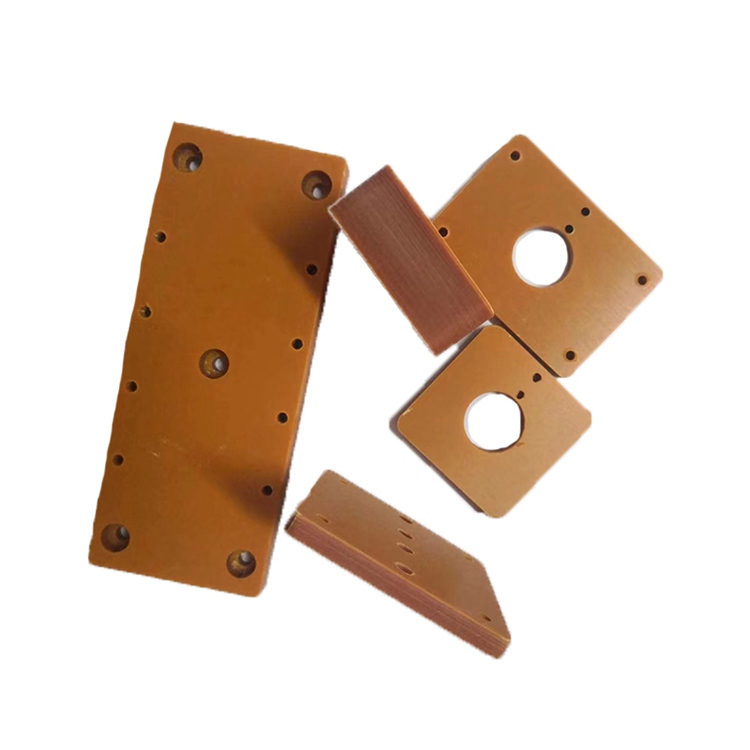Welding Fabrication Parts
Please click the button below to contact us.
Introduction:Welding Fabrication Parts are structural parts or products formed by connecting metal parts together through welding processes.
Product Description
Welding Fabrication Parts are structural parts or products formed by connecting metal parts together through welding processes. These parts are widely used in many industrial fields such as construction, automobiles, aerospace, and machinery manufacturing, and are an indispensable and important part of modern industrial manufacturing.
Product Features
Diverse Welding Technologies
The production of Welding Fabrication Parts involves a variety of welding technologies, including MIG (metal inert gas) welding, TIG (tungsten inert gas) welding, manual arc welding (SMAW), gas shielded welding (FCAW), etc. These technologies have their own advantages and can meet the needs of different materials, thicknesses, and application scenarios. For example, MIG welding is fast and efficient, and is suitable for metal structure welding in the automotive manufacturing and construction industries; TIG welding is commonly used in aerospace and precision machinery manufacturing for its high precision and clean welds.
High Strength and Durability
Welding fabrication parts connect metal materials together through high temperature or pressure to form a strong structure. This connection method not only provides high strength and durability, but also can withstand extreme environmental conditions such as high temperature, high pressure, and mechanical stress. Therefore, welding fabrication parts play a key role in industries such as aerospace, automobiles, and oil and gas, ensuring the safety and reliability of products.
Customized Solutions
Many manufacturers offer customized welded parts that can be produced according to the specific needs and design requirements of customers. This customized service enables welded parts to meet a variety of complex application scenarios, from simple metal frames to complex mechanical parts, and can achieve precise manufacturing and assembly.
Precision Machining and Quality Control
The production process of welded parts usually includes precision machining and strict quality control. Manufacturers use advanced equipment and technologies such as laser cutting, CNC bending, precision welding, etc. to ensure the dimensional accuracy and surface quality of parts. At the same time, strict quality inspection processes and international standard certifications (such as ISO9001) ensure the high quality and consistency of products.
Application Fields
Construction Industry
In the construction field, welded parts are used to construct basic building elements such as bridges, steel structural frames of high-rise buildings, metal roofs, stairs, etc. These parts not only need to have high strength and stability, but also need to meet the requirements of beauty and durability. For example, the steel beams and supporting structures of bridges are manufactured through precise welding to ensure that they can withstand huge loads and harsh environmental conditions.
Automotive Industry
The automotive industry is one of the important application fields of welded parts. From the car body frame, chassis to exhaust system and other parts, they all rely on welding processes to achieve high-strength and lightweight structures. MIG welding and TIG welding are widely used in automobile manufacturing, which not only improves production efficiency but also ensures welding quality.
Aerospace industry
The aerospace industry has extremely strict requirements for welded parts. The fuselage, wings, engine parts, etc. of the aircraft all require high-precision welding technology to ensure the integrity and safety of the structure. Advanced welding technologies such as TIG welding and electron beam welding (EBW) play an important role in the aerospace field and can achieve lightweight and high-strength structural design.
Machinery manufacturing industry
In the machinery manufacturing industry, welded parts are used to produce various mechanical equipment and tools. These parts need to have high strength, wear resistance and corrosion resistance to meet the needs of industrial production. For example, the frame, robotic arm and other parts of industrial robots are manufactured by welding, ensuring their stability and reliability in complex operations.
Cleaning and maintenance
Daily cleaning
The main purpose of daily cleaning of welded parts is to remove dust, oil and welding residues on the surface. Use a soft cloth or sponge with a mild detergent to wipe and effectively remove surface stains. For hard-to-clean areas, a soft brush can be used for local cleaning, but be careful to avoid scratching the surface of the part.
Regular Inspection
Regularly inspect the joints and welds of welded fabrication parts to ensure that there are no cracks, looseness or other damage. If problems are found, they should be repaired or replaced in time to ensure the safety and reliability of the parts. For some key components, such as welded fabrication parts in the aerospace and automotive industries, regular non-destructive testing (such as X-ray testing, ultrasonic testing, etc.) is recommended to ensure the quality of the welds.
Anti-corrosion treatment
In order to extend the service life of welded fabrication parts, anti-corrosion treatment is essential. According to the use environment and material characteristics of the parts, select appropriate anti-corrosion coatings such as paint, galvanizing, sandblasting, etc. These anti-corrosion measures can effectively prevent parts from rusting and corrosion, especially in humid or corrosive environments.
FAQs
Q1: How long does it take to produce Welding Fabrication Parts?
A1: The production time depends on the complexity of the parts, the type of material and the order quantity. Generally speaking, simple welded manufacturing parts may be completed within a few days, while complex customized parts may take several weeks.
Q2: What is the minimum order quantity for welded manufacturing parts?
A2: Different manufacturers have different minimum order quantity requirements. Some manufacturers provide small batch customization services without strict minimum order quantity restrictions. However, for large-scale production orders, the minimum order quantity may vary depending on the manufacturer's production capacity.
Q3: Can welded manufacturing parts be surface treated?
A3: Yes, welded manufacturing parts can be subjected to various surface treatments according to customer needs, such as painting, galvanizing, sandblasting, etc. These surface treatments can not only improve the aesthetics of the parts, but also enhance their corrosion resistance and wear resistance.
Q4: How is the quality of welded manufacturing parts guaranteed?
A4: Manufacturers usually adopt strict quality control processes, including raw material inspection, quality monitoring during production, and finished product inspection. In addition, many manufacturers also pass international standard certifications (such as ISO9001) to ensure the high quality and consistency of products.
Q5: Can welded manufacturing parts be used in outdoor environments?
A5: Yes, welded manufactured parts can be used in outdoor environments with proper anti-corrosion treatment and material selection. For example, using stainless steel or aluminum alloy materials and applying painting or galvanizing can effectively prevent parts from rusting and corrosion in outdoor environments.
Q6: How customized are welded manufactured parts?
A6: The customization of welded manufactured parts is very high. Manufacturers can provide full customization services from design to production based on customers' detailed design drawings or conceptual ideas. This customized service enables customers to obtain welded manufactured parts that fully meet their needs.
Q7: What are the welding technologies for welded manufactured parts?
A7: Common welding technologies include MIG welding, TIG welding, manual arc welding (SMAW), gas shielded arc welding (FCAW), electron beam welding (EBW) and laser beam welding (LBW). These technologies each have their own advantages and are suitable for different materials and application scenarios.
Q8: What are the materials for welded manufactured parts?
A8: Welded manufactured parts can be manufactured using a variety of materials, including carbon steel, stainless steel, aluminum alloy, copper alloy, etc. The selection of the right material depends on the application requirements, strength requirements and environmental conditions of the part.

